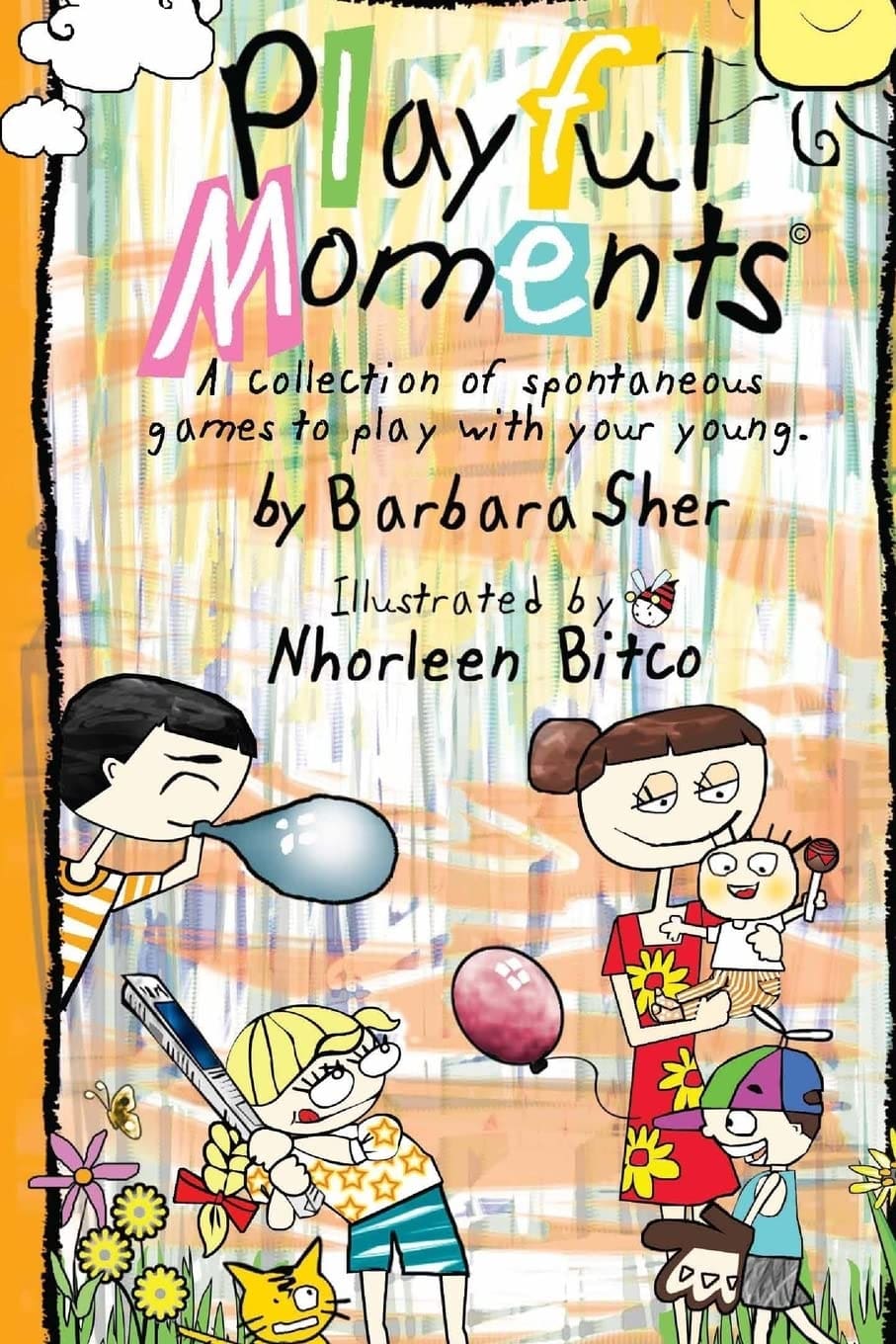Who Is in the Box?

Who Is in the Box?
If your child or client is going into an inclusive classroom at school this fall, s/he may have some difficult moments trying to fit in with classmates. It’s a tricky time for all kids. You can help. You can bring in games that everyone can play regardless of their social skill level. Help your child share the wonderful feeling of being part of the whole.
One game that is especially good for all preschool and kindergarten kids is WHO’S IN THE BOX. The necessary material will instantly bring a good feeling to the kids—it’s a large box. Go to any appliance or big box store. They receive shipments often and can give you one easily.
Here’s the game: Place the box enticingly in the room. Then, have all the kids turn and face a wall and ask them to “Face the wall and keep your eyes closed”. Then, when their backs are turned, pick up one child and put her or him in the box. Close the flaps of the box if that feels okay with the child inside.
Have everyone turn around and face the box. Ask, “Who’s missing? Who’s in the box”? Have the children look around to see what child is no longer there and who was there before.
When they guess and even if they guess correctly, they have to go to the box and knock on it chanting these words:
“Who’s in the box?
Who’s in the box?
Knock, knock, knock
Who’s in the box?”
Children knock on the box on the words “Knock, knock, knock.” When the final “Who’s in the box?” is said, the top flaps are open and the child pops up or everyone peeks in and says that person’s name:
“It’s Justin!”
The game is designed to increase social awareness by making children notice who are the other children in the class and learn that each child has a name.
The novelty of the game focuses their attention to the present moment and can thereby decrease the self-consciousness of being with a new group of people. Everyone’s attention is on the new thing.
Since the game requires turn taking, the children learn to wait for their turn and begin to understand the concept that their turn is coming.
Because everyone is encouraged to say the name of the child, “It’s Justin!”, for example, this game can contribute to the child’s sense that he is happily noticed!
Consider putting two or more children in at the same time. We’ve put as many as four in a box with great success.
If some children seem afraid of being in the box, start the game by placing the box on its side and let the child explore it before the game is played. Start by letting kids inside and then closing the flaps for only a second. When opening the flaps back up, say, “Peek-a-boo.” This makes the game feel more familiar as most kids have played peek-a-boo games in the past.
Although, like all children, children in the Autistic Syndrome Disorder are unique in their interests and no one game fits all, I have found that children on the spectrum love this game and like it even better, sometimes, when there are a couple of kids in the box with them. Dr. Temple Grandin, a noted adult with ASD writes about her desire for tight enclosures with her invention of the Squeeze machine that she made to calm herself. With a few kids in the box at the same time, this may be the game version of the squeeze! I think besides stimulating the proprioceptive system, they often like having close physical contact with other children that doesn’t require really relating.
Also, try these variations:
- Instead of putting the child in the box from the top, cut a door in the side and play the same game.
- Jiggle the box while the child is inside for extra thrills
- Put large holes in the box so kids can stick an arm out or peer through at the audience.
- A good finale to the game: Turn the box on its side, opened up all the flaps and had the children crawl through the “tunnel”.
GOT GAME? Barbara Sher’s ten books in eleven foreign languages has a gazillion ideas on ways to play with your child whether you’re a parent of one or an inclusive teacher with many. Check out any of Barbara’s books such as Early Intervention Games, Smart Play, Extraordinary Play with Ordinary Things on any on-line bookstore.
Read More Books from Barbara Sher
Game Ideas
- 10 Board Games for a Great Special Needs Game Night
- A Round-Up of Educational Free Subscriptions, Storytime, Ebooks, And More
- Brain Games for the Season
- Infant Games Grows Brains
- Social Games in Shallow Water
- Got Pool Games?
- 7 Sensory Games Dads Can Play With Their Children
- What’s “APP”ening? Fun & Educational Game Apps for Children with Special Needs
You May Also like
- 100 + “Mom Approved” Gifts for Kids with Special Needs
- 18 “Mom Approved” Gifts for Kids/Teens with Special Needs
This post originally appeared on our September/October 2011 Magazine




